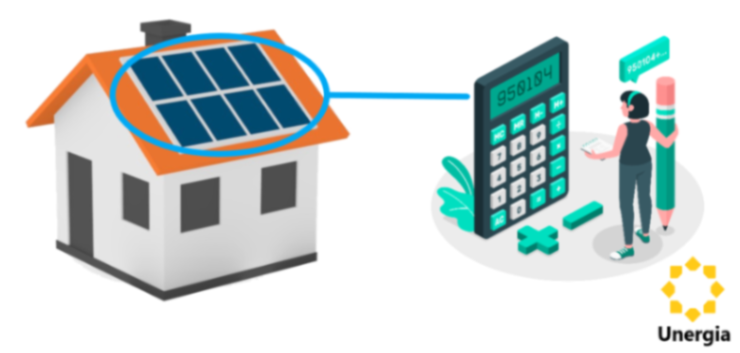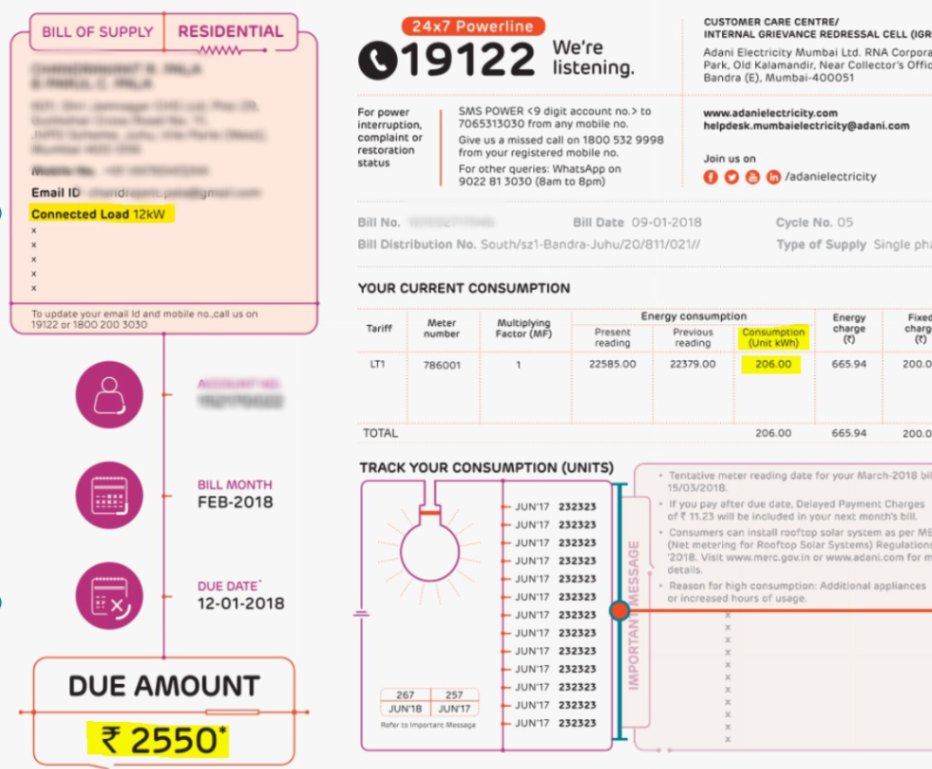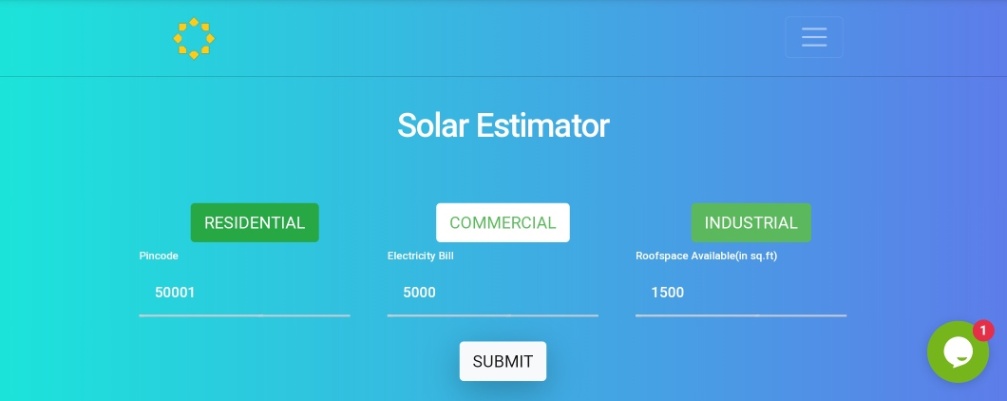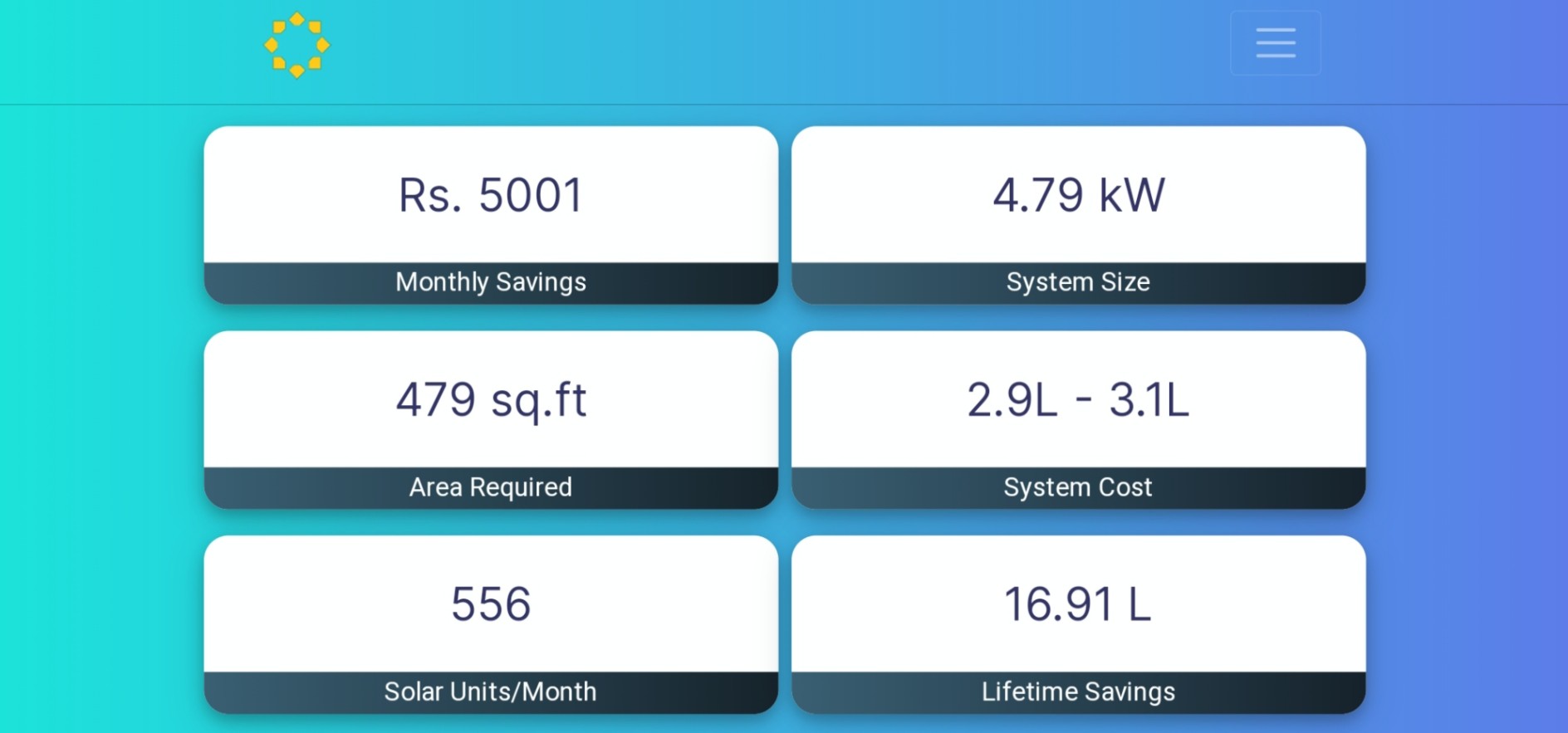The Cost Of Rooftop Solar In India

The first few questions that come to our mind when we hear about rooftop solar power are -
- How much does it cost?
- Can I afford it?
- Will it save money in the long term?
The cost of owning a solar power unit has fallen by almost 99 percent over the last four decades! It is now cheap and economically viable to use solar energy because of constant innovation and the impressive return on investment.
Many of us think that solar energy is unaffordable for most people. However, that’s not the case. When calculated over its lifetime, a solar power system gives electricity at a rate of nearly half than that of thermal electricity. Additionally, besides cutting up on the electricity bill, solar energy cuts carbon emission per kWh of electricity generation by up to 20 times thereby making the planet a little more green.
Factors Affecting The Cost Of Rooftop Solar
How much a rooftop solar system will cost differs for every individual. The seven primary factors that determine the cost of a rooftop solar system are:
1. Type of installation
Rooftop solar systems can be employed to meet domestic, commercial, or even industrial demand. Domestic rooftop solar is made further cheaper by the wide range of subsidies offered by different state governments as a part of their policy to promote renewable energy. Domestic solar setups usually have a capacity in the range of 1-10 kW whereas commercial and industrial plants have a capacity that can range anywhere from a few hundred kilowatts to few megawatts. Although subsidies and government incentives make solar power lucrative, solar energy is profitable and cost-effective even in absence of any subsidies or tax benefits.
2. Place of installation
A 2kW net-metered solar installation in Hyderabad does not cost the same as a similar 2kW installation in Mumbai. The location of rooftop solar installation affects the cost incurred on equipment and installation besides determining the factors like the extent of solar subsidy available, and expenditure over paperwork and permissions. For instance, different Indian states have different solar policies on the capacity of rooftop solar, subsidy available, and type of metering available. Also, places that have solar equipment manufacturing units nearby will get cheaper modules because of lower logistical costs and better supply chains.
3. Electricity requirement

Your monthly electricity consumption can help you determine the capacity of the rooftop solar unit you need to install. You can either look up your maximum allocated load in your electricity bill. That helps you understand the peak demand for your household. In the image above, the connected load is 12kW and so you can only install a maximum solar size of 12kW. If you want to increase your solar size you would then need to increase this connected load. Another way is to look up the number of units of electricity consumed in your bill. In the image above, the monthly consumption is 206 units. You can then multiply it by 12 to get a rough idea about the yearly electricity consumption of your house. Dividing this by 1400 will give you the kWh capacity of rooftop solar that you should opt for. We divide yearly consumption by 1400 as a 1kW solar plant generates 1400 units of electricity yearly on average. It changes based on the amount of sunlight received by any given area.
4. Available roof space
The area available on the rooftop determines the number and type of panels that panels can be installed. If the area available is less then high efficiency and high wattage panels will have to be installed to meet the peak energy demand. However, if the user has a lot of roof space to spare, then the solar installer can opt for a lower efficiency panel type to cut on the total cost. An area of about 300 sq ft is sufficient to install a rooftop solar system of 3 kW capacity.
5. Connection Type
Solar energy users can be on-grid, hybrid, or off-grid. Off-grid users are stand-alone users who aren't connected to the supply from the discoms. These users have to spend on solar batteries and don't have the option of availing the benefits of net metering. This makes solar power more expensive for them. On the other hand, on-grid solar users can export extra electricity to the grid in exchange for credit points and also don't require solar batteries as the grid acts as giant battery storage for them. Thus they enjoy cheaper solar power. Hybrid users have to pay extra for battery cost, but they enjoy the benefits of both electricity grid and full time uninterrupted solar power.
6. Type of Structure Needed
Users have a lot of solar structure options to choose from. Some people opt for a ground-mounted solar structure that is close to the roof surface while others prefer an elevated structure to mount their solar panels on. The elevated ones provide space for the user to walk under but cost more at the same time. For the material of the solar structure, the user can choose from hot-dip and pre-galvanized. Hot dip costs more but is also better in quality, sturdier and long lasting. Finally, there are two options users have when it comes to attaching the solar structure to the roof surface : Clamp and Ballast. Clamp is cheaper than Ballast but isn't water-proof, penetrates the roof, and is less strong. Ballast ensures a leak-proof roof and is stronger.
7. Brand of Solar Equipment used
Locally made solar equipment costs cheaper than similar imported solar equipment because of the heavy duties imposed on foreign brands. Even within local brands, the pricing differs from manufacturer to manufacturer. It is up to the user to decide whether they want to go for a branded name and spend a little more or save some cash by opting for locally made solar equipment.
Unergia Solar Cost Calculator
To make life easy for people interested in switching to rooftop solar, team Unergia has developed a solar estimator that calculates the approximate cost of a rooftop solar system based on the four factors we have discussed above. The user needs to choose the type of installation, enter their pin code, available roof space, and monthly electricity bill to get detailed analysis about the cost of a rooftop solar system suitable for their needs.

After the user has entered the required information, Unergia's Solar Estimator uses our thoughtfully created formula to provide useful insights on the rooftop solar suitable for the user's needs. The users can see how much savings they will make monthly and an estimate of savings they will make over the entire lifetime of the solar module. The calculator also shows the estimated size of rooftop solar sufficient to meet the user's needs and the rooftop area that it will occupy. On average, the area covered is 100 sq ft for every kW of installation. Also, the user will get a crisp range for the approximate cost of setting up the solar system and its monthly electricity generation. Finally, our calculator also shows how many trees will be saved by the solar module. This is calculated based on the fact that a solar plant of 1kW capacity reduces carbon emission equivalent to nearly 38 trees over its lifetime.

For example, a domestic rooftop solar system for a household in Hyderabad with an electricity bill of Rs 5,000/month and 1500 sq ft rooftop area will cost around Rs 3 lacs, will be of approximately 5kW capacity, and cover roof space of just about 500 sq ft. Over its lifetime, it will help the user save nearly Rs 17 lacs and will reduce carbon emissions equivalent to almost 200 trees.
Link to the Unergia Solar Estimator is given here. Check out to get free solar estimates and 3D designs of your rooftop. Happy Solar!
 Unergia
Unergia